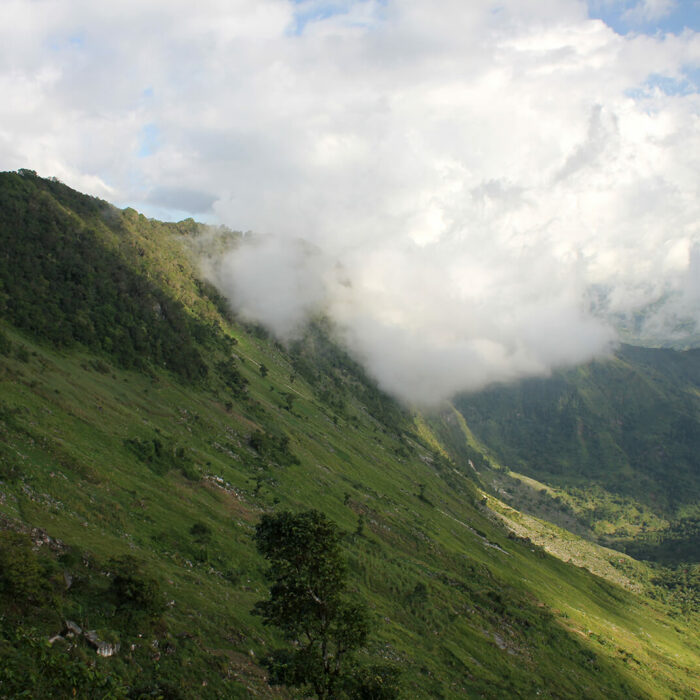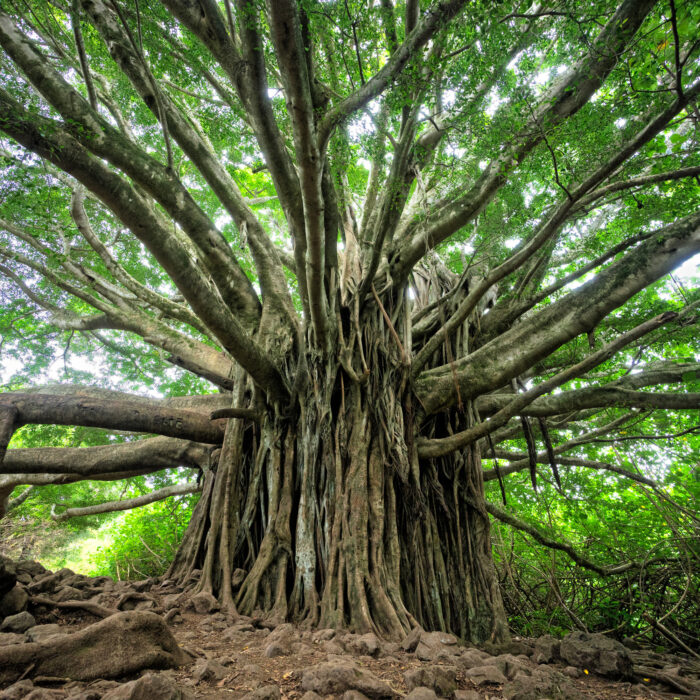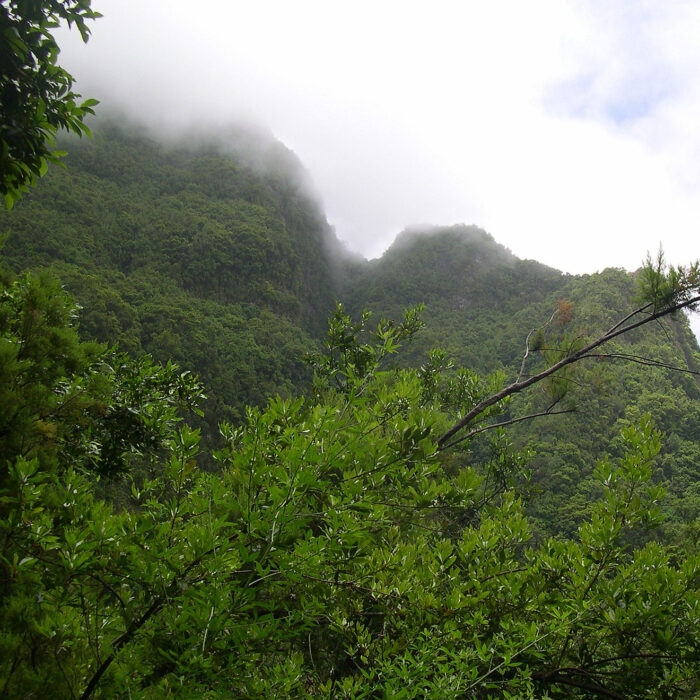EcoRegions

La Visite National Park
A patchwork of Hispaniolan pine forests cover the slopes of this region which is home to a number of threatened bird species.

Three Bays Protected Area
Critically important coral reefs and mangrove areas flourish as a result of the protected status of this area.

Pic Macaya National Park
Home to the last stand of cloud forests in Haiti, Pic Macaya has also become the center of Haiti’s reforesting efforts.